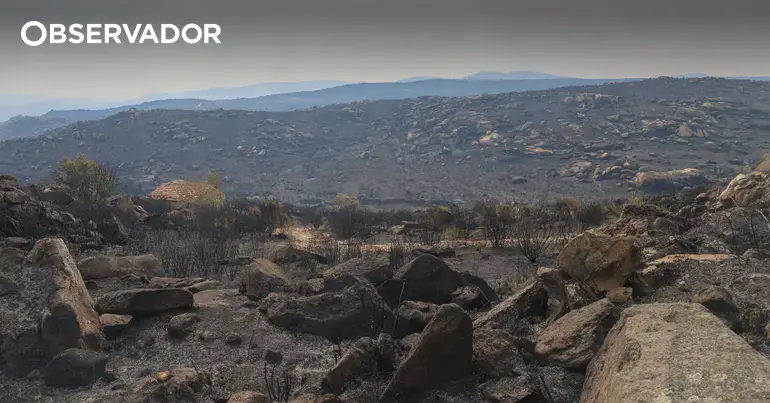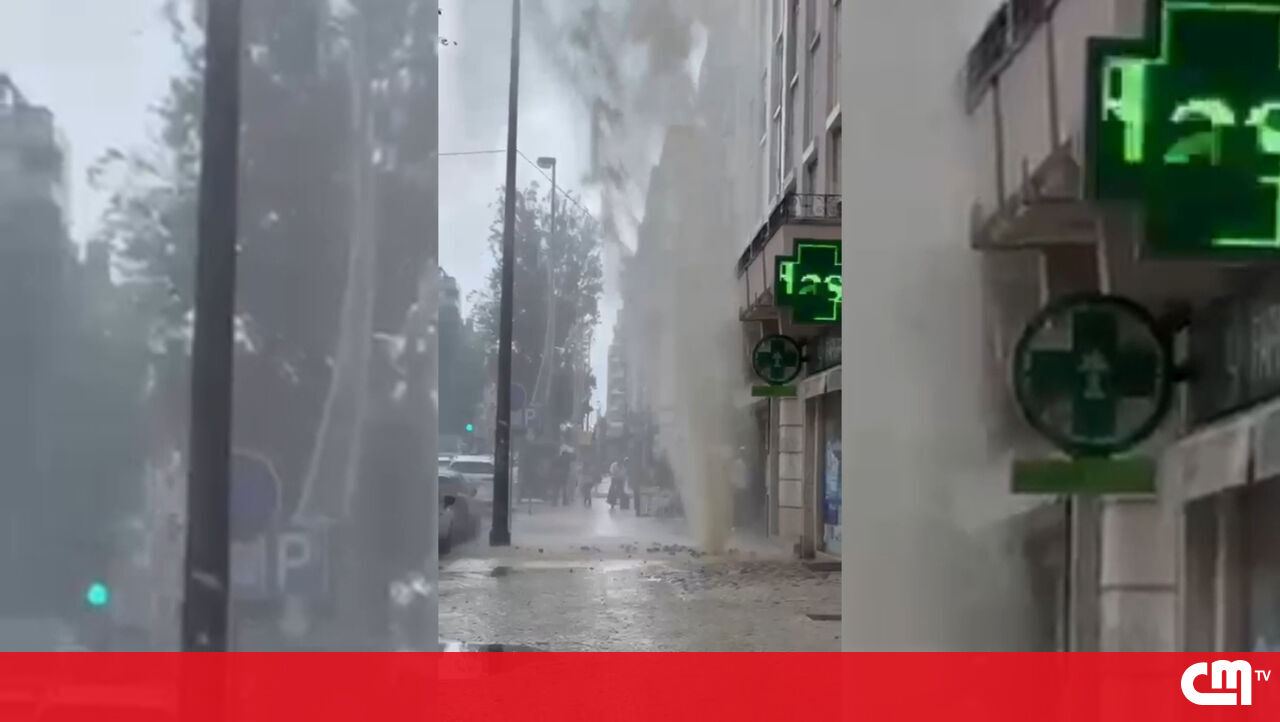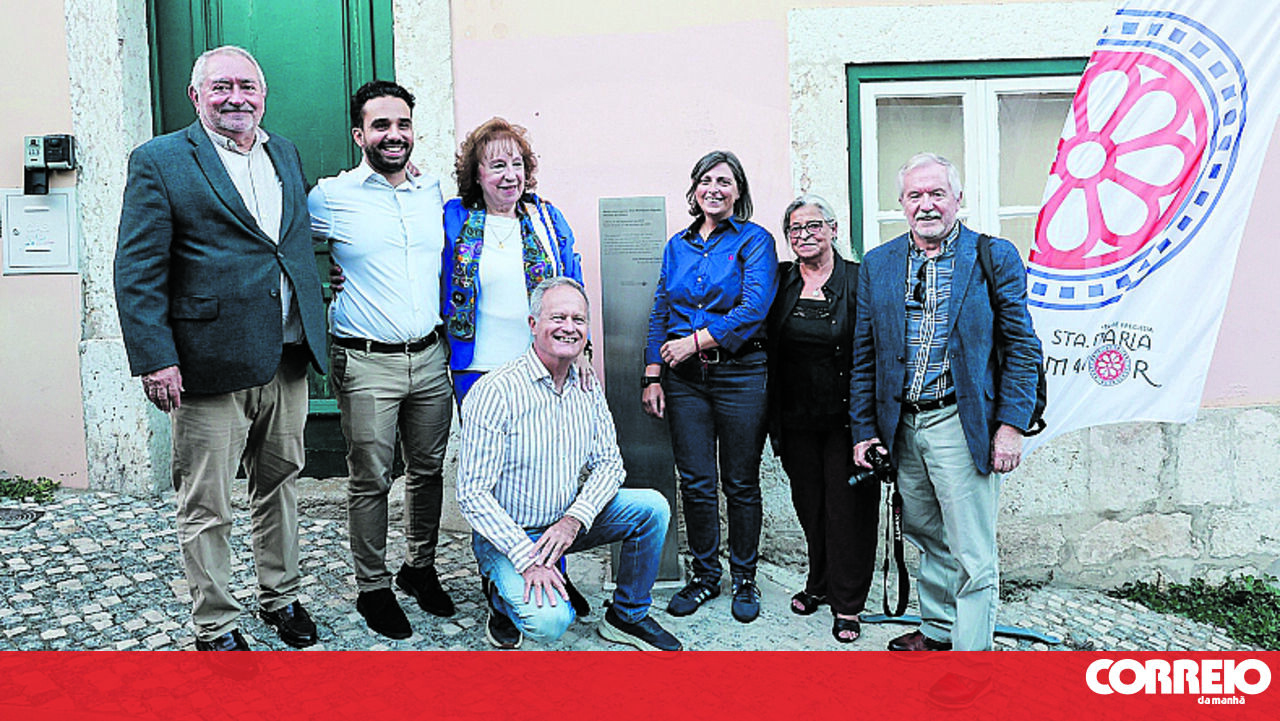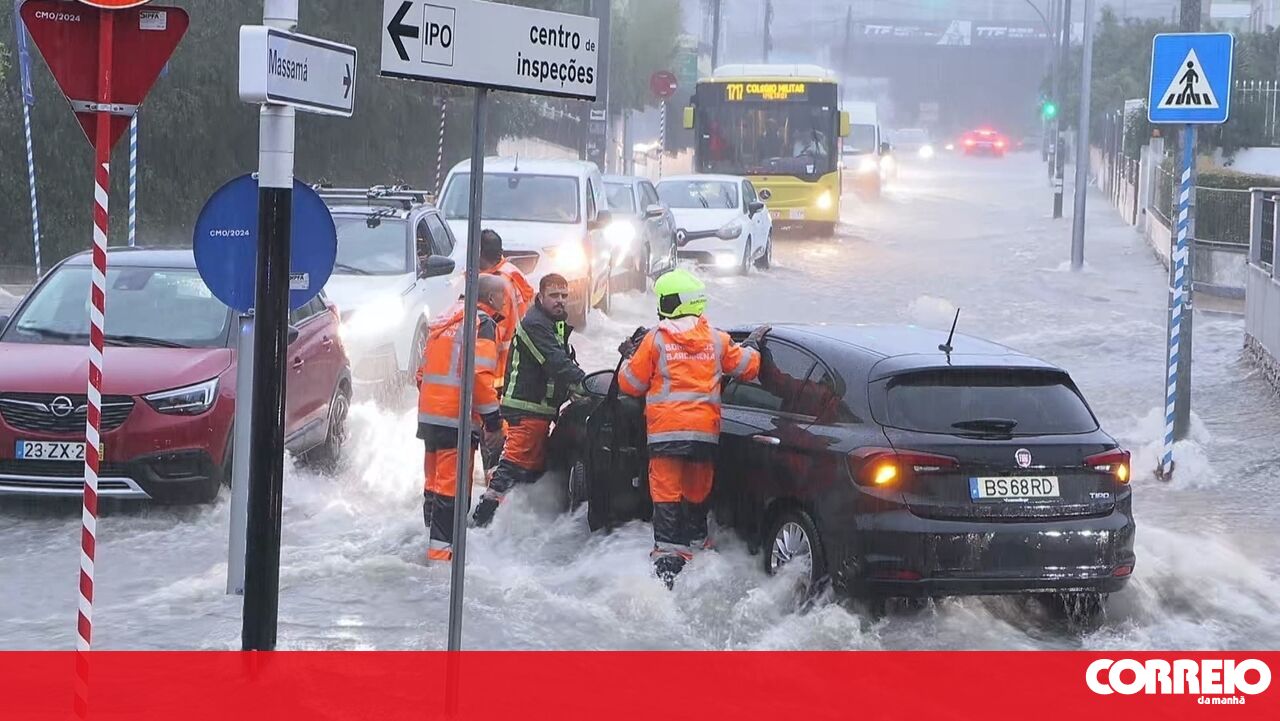How to Fight the Mega Wildfires That Are Becoming Common in Portugal
For the first time in many weeks, Portugal is experiencing calmer days in terms of wildfires, with one large fire still active in Vila Real. However, the destruction from recent blazes is still felt on the ground, especially in Arganil, Coimbra district, where the largest wildfire in national history burned approximately 64,000 hectares, leaving a blackened landscape that reminds residents of the 11 difficult days they endured.
Once rare, large-scale wildfires are now a frequent presence in Portuguese summers, particularly in the North and Central regions, which have been hardest hit. Data from the Center for Forest Fire Studies at the University of Coimbra, analyzing the five largest fires each year since 1980, shows a clear trend. Between 1980 and 2002, there was only one fire recorded with over 10,000 hectares burned, but since 2003, and especially from 2017 onwards, multiple large fires have occurred annually.
What Is a Mega Wildfire and How Does It Form?
Defining a "mega wildfire" is challenging, as experts prefer terms like "large-scale fires" or "considerable size fires." Domingos Xavier Viegas, a forest fire expert, notes that the concept is relative and has evolved over time. In Portugal, what was once considered a large fire (over 6 hectares) has shifted to over 500 hectares today. Scientifically, a mega wildfire exhibits extreme behavior, such as propagation intensity beyond extinction limits (around 10 megawatts per meter) or flames exceeding 15-20 meters in height, making direct attack impossible.
Factors contributing to these fires include high intensity, rapid propagation, and long flame lengths. In recent years, Portugal has seen flames reaching 40-60 meters, indicating extreme events. Operationally, a mega wildfire might involve over 400 personnel or have thermal loads that are nearly impossible to combat with available resources.
 Caption: FRANCISCO PINTO/LUSA
Caption: FRANCISCO PINTO/LUSA
Is Letting It Burn the Best Way to Fight Mega Wildfires?
António Nunes, President of the Portuguese Firefighters League, criticizes the strategy used in the Arganil fire, calling it a failure that led to the fire wandering uncontrolled for days. He suggests that the "let it burn" approach was adopted to protect populations, prioritizing life over property. However, this tactic can cause economic harm to those dependent on forestry and pastoral lands.
Ricardo Cunha, President of the National Union of Professional Firefighters, points out that in the Arganil fire, despite the vast area burned, few infrastructures were destroyed, indicating a focus on defending people and assets while allowing vegetation to burn. Xavier Viegas explains that letting a fire burn is necessary when flames are too violent to confront or when the fire is in inaccessible areas. In some cases, controlled burning can be beneficial for reducing biomass and preventing larger fires.
 Caption: Agência Espacial Europeia
Caption: Agência Espacial Europeia
Heatwaves and Lack of Rain: Mega Wildfires Will Become More Frequent
Climate change is identified as the main reason for the increase in mega wildfires, both in Portugal and globally. Reduced precipitation leads to drier soil and vegetation, making them more susceptible to burning. Additionally, more frequent and intense heatwaves exacerbate the situation. Experts warn that without significant changes in policies, such as increased investment in cleaning and aerial combat means, these fires will not only become more common but also more severe.
Jorge Carvalho da Silva from the Portuguese Association of Civil Protection Technicians emphasizes the need for aerial resources from the Air Force to improve combat effectiveness. Xavier Viegas advocates for the use of fire retardants and controlled burns as tactical tools, noting that these methods require proper training to be effective.
What Are the Consequences of Mega Wildfires?
The negative effects of large-scale wildfires extend beyond the immediate blackened landscape. It takes years for nature to regenerate, impacting biodiversity and soil quality. Economically, the losses far exceed investments in prevention and combat. The interior regions, already facing desertification, suffer from reduced tourism and fear among residents, further harming local economies.
Xavier Viegas concludes that the environmental impact, including irreversible soil loss and diminished natural regeneration capacity, underscores the urgency of addressing these fires proactively.
 Caption: MIGUEL PEREIRA DA SILVA/EPA
Caption: MIGUEL PEREIRA DA SILVA/EPA























Comments
Join Our Community
Sign up to share your thoughts, engage with others, and become part of our growing community.
No comments yet
Be the first to share your thoughts and start the conversation!